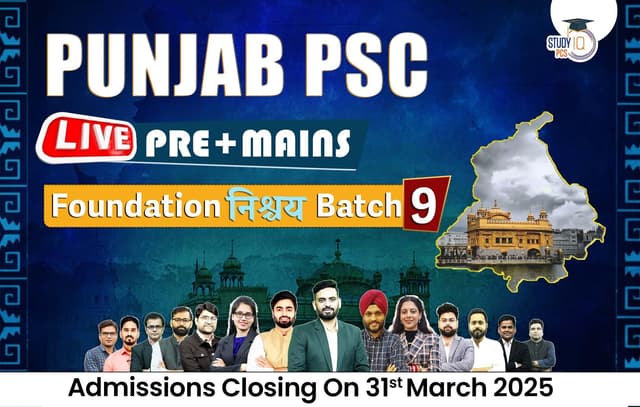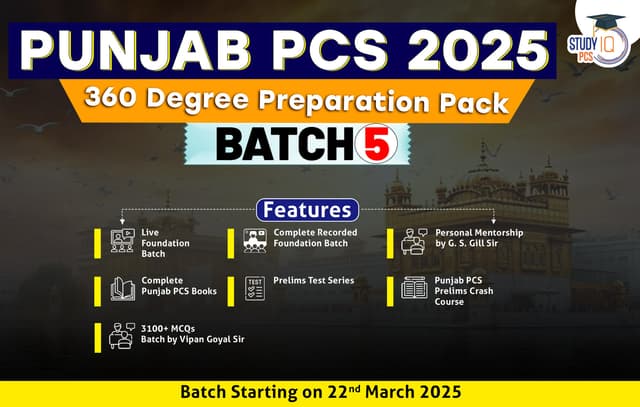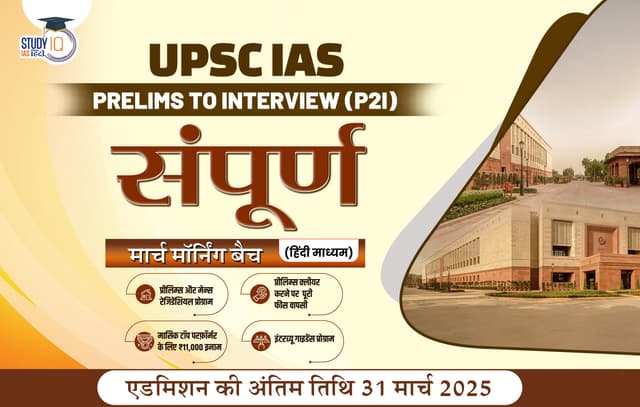Table of Contents
What is Folklore?
Folklore refers to a collection of traditional stories passed down through generations, often orally, though many have been documented in written form. These narratives, also known as “folk literature” or “oral traditions,” highlight the culture and values of a particular region. Folklore often portrays how individuals navigate everyday challenges, conflicts, or crises, reflecting societal norms and values.
Purpose of Folklore
The primary purpose of folklore is to impart moral lessons and share practical wisdom through engaging and accessible storytelling. Folktales subtly convey the hardships of life while guiding audiences on appropriate behavior. Additionally, folklore serves as a medium to preserve cultural heritage and traditions for future generations.
Major Folktales of Punjab
1. Heer Ranjha
One of the earliest Punjabi qissas (epic tales), Heer Ranjha was initially written by Damodar in the 16th century and later adapted by other authors, with Waris Shah’s 1766 rendition earning widespread acclaim.
- Story Summary:
Heer, the beautiful daughter of Chaudhary Chuchak, falls in love with Ranjha, a flutist and caretaker of her father’s cattle. After a series of hardships, Heer is forced into an arranged marriage. Heartbroken, Ranjha renounces worldly life and becomes a wandering ascetic. They reunite, but tragedy strikes when Heer’s jealous uncle poisons her. Ranjha also consumes the poison, dying by her side.
2. Mirza Sahiba
Written by Peelu in the 16th century, this folktale narrates a tragic romance.
- Story Summary:
Mirza and Sahiba, cousins who fall in love, face opposition from Sahiba’s family. On her wedding day, Mirza rescues Sahiba, but her brothers pursue them. Hoping to avoid bloodshed, Sahiba breaks Mirza’s arrows, leaving him defenseless. Her brothers kill Mirza, and Sahiba takes her own life in grief.
3. Sassi Punnu
Written by Hashim Shah, Sassi Punnu is a tale of love and separation.
- Story Summary:
Sassi, abandoned as a child, grows up as a washerman’s daughter. When Punnu, a prince, hears of her beauty, he travels to her village. They fall in love and marry despite opposition from Punnu’s family. On their wedding night, Punnu’s brothers abduct him. Sassi embarks on a desert journey to find him but dies of exhaustion. Punnu, learning of her fate, dies by her side.
4. Sohni Mahiwal
Attributed to Fazal Shah Sayyad and Hashim Shah, this is one of Punjab’s most iconic love stories.
- Story Summary:
Sohni, a potter’s daughter, falls in love with Izzat Baig, a trader who adopts the name Mahiwal. Forced into marriage by her family, Sohni secretly meets Mahiwal by crossing the river on an earthen pitcher. Her sister-in-law replaces the sturdy pitcher with an unbaked one, leading to Sohni’s drowning. Mahiwal also drowns attempting to save her.
5. Dulla Bhatti
A historical figure, Dulla Bhatti is celebrated for his rebellion against Mughal oppression and for protecting Punjab’s dignity.
- Legend Summary:
Dulla once intervened to save a young girl from being taken to a Mughal harem. He arranged her marriage, lighting the ceremonial fire himself and singing Sunder Mundriye, a song still sung during Lohri celebrations.
Prominent Punjabi Folk Authors
| Folk Tale | Author(s) |
| Heer Ranjha | Damodar (16th Century), Waris Shah (18th Century) |
| Sohni Mahiwal | Fazal Shah Sayyad, Hashim Shah |
| Mirza Sahiba | Peelu (16th Century), Hafiz Barkhurdar (18th Century) |
| Sassi Punnu | Hashim Shah |
| Shirin Farhad | Nizami Ganjavi (12th Century), Hashim Shah |
| Laila Majnu | Nizami Ganjavi, Amir Khusrau |
| Pooran Bhagat | Qadaryar |
| Yusuf and Zulaikha | Hafiz Barkhurdar |
| Saiful Malook | Mian Muhammad Bakhsh |
Punjabi folklore continues to resonate across generations, preserving the region’s cultural essence and teaching timeless lessons of love, sacrifice, and morality.


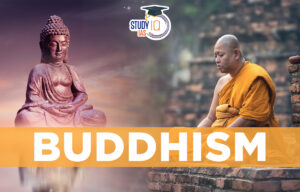 Buddhism History, Origin, Sect, Councils...
Buddhism History, Origin, Sect, Councils...
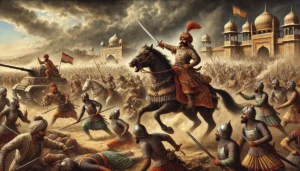 Rana Sanga: The Fearless Rajput King and...
Rana Sanga: The Fearless Rajput King and...
 Vikramshila University Revival, Location...
Vikramshila University Revival, Location...
